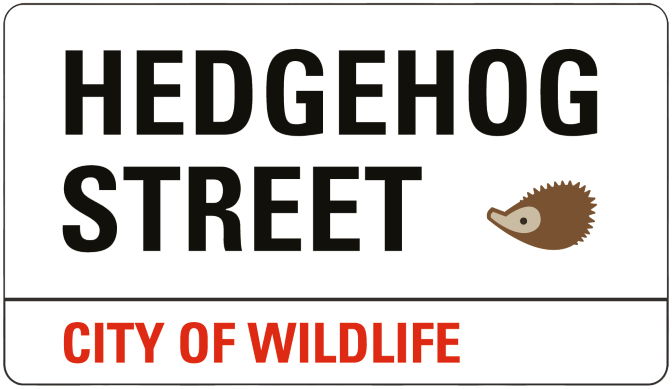Home › Forums › Hedgehog signs and sightings › Seven entries into feeder- Bognor Regis. › Reply To: Seven entries into feeder- Bognor Regis.
Hi Emily
It’s good to hear you have been getting so many visits. Hogs do tend to make multiple visits a night, so it is possible – especially at this time of year – that it is the same hog.
The following is a copy of some notes I put on the Forum a few years ago about identifying individual hogs which you might find useful:
It is possible to identify the hogs by their natural markings, and much easier than some people think. Things to look out for are:
Facial markings. (general colour, dark or pale, whether there are stars – as on horses, Triangles coming down from between ears, bars across the face in various places and angles, bars beneath ears, any pale patches, areas of mottled appearance, dark marks from nose to eyes, how far above the eyes the dark mark goes, the shape of it, etc.)
Colour of fur inside ears. On camera dark, medium or light.
Colour of spines (i.e. russety, dull brown, pale, any pale groups of spines, etc.) On camera, dark medium or light.
Variations/gradations in colour of their skirts (the hairy part underneath the spines) Sometimes a skirt can be pale with dark bands going down – a bit like a hedgehog barcode!
Whether there is a marked band between the skirt and the spines and if so, what colour it is. On camera different depth of darkness can be detected.
Whether or not they have a big ruff, although that sometimes changes during the season.
Etc.
I recommend drawing a template of a hedgehog face. Similar to the inside of an onion. Ears at the top, nose at the bottom and eyes in between. Then all you have to do is fill it in when the hedgehog arrives. Then draw a template of a side view of the hedgehog so that it is ready to fill in too. There is nothing like trying to draw a picture to help you to be more observant and remember better. My current profile picture is a rough template of a hog face. I am not much of an artist, but it doesn’t have to look artistically brilliant to help you with identification.
With hoglets, you will need to revisit your sketch as they grow, as the facial markings, in particular, do seem to develop.
I feed the hogs at a distance that I can see them through binoculars, so I can get a really close up view of their faces. I leave the outside light on whilst I am up to see them and the hogs don’t seem to mind at all.
This method of natural identification, has the benefit that you will be able to recognise the hedgehog year after year . When a hedgehog arrives, if you don’t recognise it, just check your sketches to see if it is one you have already drawn, if not use another template and fill it in.
Good luck. I hope you manage to identify the different hogs.

